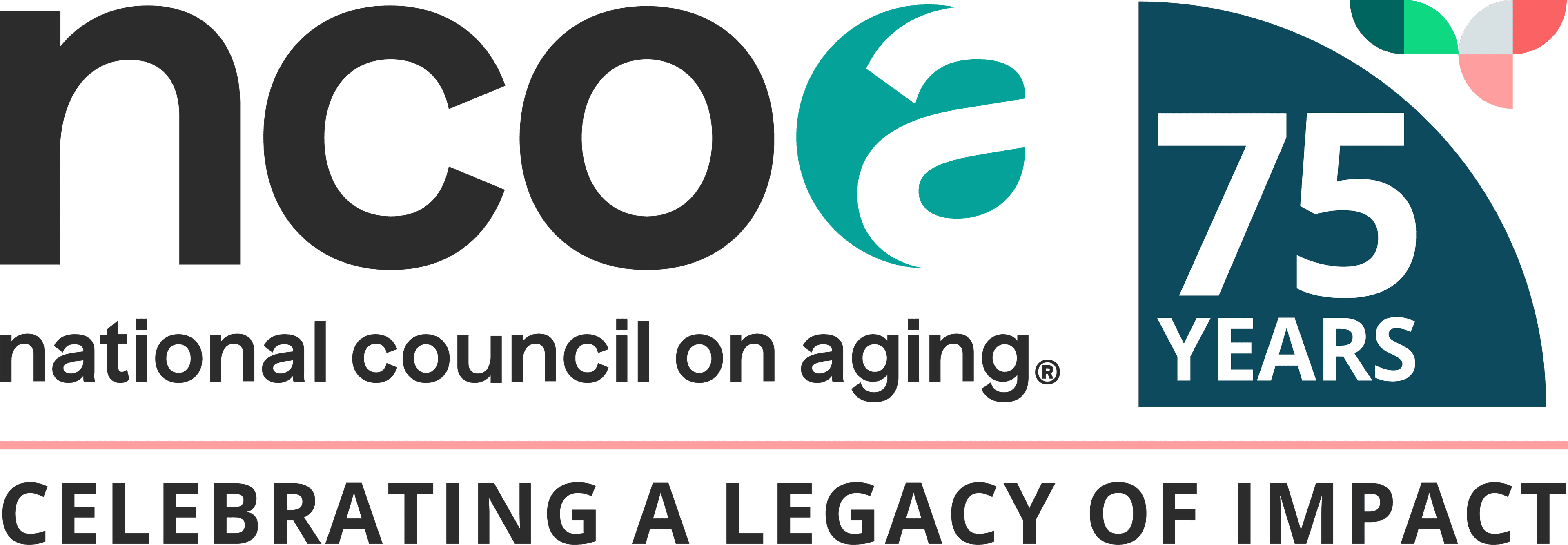
Related Topics
There’s no one else quite like you. Your physical traits, passions, talents, and life experiences all shape who you are. So do the many factors that affect your health—like your genes, family history, lifestyle, and where you live.
If your health needs are uniquely personal to you, your health care should be, too. That’s the promise of precision health, a novel approach to medicine that tailors disease prevention and treatment to the individual.
What does precision health mean?
Traditional medicine largely relies on a "one-size-fits-all" approach to treating and preventing disease. In contrast, precision health focuses on adapting care to the specific characteristics of each patient. It uses data—like genetic makeup, lifestyle choices, and environment (e.g., exposure to pollutants, neighborhood walkability)—to guide decisions around a person’s health and well-being and create a highly tailored plan of action.
The main goals of precision health are:
- Preventing illness and disease through proactive health management
- Determining the best intervention for each person
- Detecting illness, disease, and risk factors early
- Promoting long-term health and wellness
Precision medicine is a part of precision health, but it focuses more on treating specific diseases (e.g., cancer or diabetes) based on a person’s genetics and biology.
What are the key elements of precision health?
Precision health involves a variety of tools and technologies that help care providers create targeted interventions. Below are some of the tools and approaches being used right now:
- Cancer-related genomic and genetic testing: Genomic testing examines cancer cells to get important data about the cancer's likely progression and how it may respond to certain treatments. Genetic testing looks for gene changes and mutations to see if you’ve inherited a trait from a parent that affects your cancer risk.
- Pharmacogenomics: Pharmacogenomics is the study of how our genes affect our response to medications. If you’re battling a disease like cancer, pharmacogenomic testing can help your provider choose the safest and most effective drugs to treat your illness.
- Lifestyle tracking: Tools like smartwatches and fitness tracking apps can help keep tabs on everything from your level of daily physical activity to your sleep quality and stress levels. This data can help your doctor better tailor their recommendations and spot risks early on.
- Wearable technologies: Non-invasive wearable technologies (e.g., smartwatches, smart patches) collect real-time data on heart rate, blood pressure, skin temperature, blood oxygen saturation, and other health metrics. This can give you and your doctor vital clues about your overall health—so you can take action before signs of illness appear. Wearables have already shown promise in detecting conditions like COVID, Lyme disease, and heart arrhythmias.
- Survivorship and recovery support: Unlike conventional medicine, precision health care doesn’t end with treatment. It includes survivorship care—helping you recover, manage lingering side effects, and stay healthy while you’re in remission from cancer or another illness. Survivorship care also focuses on ensuring cancer doesn’t come back. For example, DNA-based recurrence monitoring uses blood samples to identify cancer recurrence before symptoms appear or tumors are visible on scans.
How can precision health support healthy aging?
As we get older and face more health risks, staying healthy can get more complicated. Advanced age is the most important risk factor for cancer, with 67 being the average age of a patient receiving a cancer diagnosis.1 Also, new research shows that 93% of adults age 65 and older have at least one chronic condition, while 79% have two or more.2
Precision health helps fight disease and promote healthy aging by:
- Improving early detection: By identifying genetic predispositions and tracking lifestyle and health data, precision health tools can spot disease risk factors before issues develop. These early warning capabilities can reduce the risk of conditions like heart disease, stroke, hypertension, and even dementia.
- Reducing medication side effects: With pharmacogenomic testing, doctors can target medications that are more likely to work well for a patient—and less likely to cause side effects.
- Enhancing treatment outcomes: Targeted, personalized approaches to chronic diseases can lead to better results and fewer complications.
- Optimizing lifestyle behaviors: Precision health helps providers identify proactive lifestyle or nutritional changes a person can make to prevent chronic disease and improve their quality of life.
Combined, these benefits can extend the lifespan and help older adults stay healthy, active, and independent for longer.
What are some examples of precision health?
The concept of precision health is compelling—but how does it work in real life? Here are some fictional examples:
Targeted cancer treatment
Mariana, age 73, is diagnosed with breast cancer. Her care team runs genomic tests on her tumor tissue to get insights into her disease. This information helps her oncologist determine that she’s unlikely to respond well to chemotherapy but is a strong candidate for immunotherapy. Targeted, tailored treatment can improve Mariana’s chances of a positive outcome. It also allows her to avoid unnecessary treatments (and their side effects) and improve her recovery time.
Personalized diabetes management
George, age 64, has type 2 diabetes. He wears a continuous glucose monitor and uses a smartphone app to track his diet and activity. George’s doctor uses the data from these devices to adjust his medications and make recommendations for improving his eating habits. His blood sugar levels improve, and he feels more confident managing his health.
Cancer prevention
Since multiple members of her family have been diagnosed with breast cancer, Gail, age 52, undergoes BRCA testing. This type of genetic test identifies mutations in the BRCA1 or BRCA2 gene that increase the risk of breast, ovarian, and other types of cancer. If Gail tests positive for a BRCA mutation known to increase her cancer risk, she can take preventive steps—such as getting more frequent mammograms, requesting more intensive screening techniques like breast MRI, or taking a cancer-preventing drug like tamoxifen.
Precision health is the future of health care
Precision health isn’t just a “someday” concept—it’s happening right now in clinics, hospitals, and homes across the U.S. and the world. Some tools (e.g., genetic testing) are already covered by Medicare or other insurance plans, with limitations. As more of the industry embraces this proactive, personalized approach to health care, its benefits will likely become more accessible.
If you’re interested in what precision health can do for you, start a conversation with your provider. Begin by asking questions like:
- Can precision health tools help me better manage my chronic condition?
- Is genomic or genetic testing right for me?
- How much does precision health care cost? Will my insurance cover it?
- How can I access precision health services?
Your provider can walk you through different options and explain how they apply to your own care. But don’t stop there—there may be other ways to access precision health services. For instance, some life insurance companies offer precision health programs as an added policy benefit.
“As the field of precision health continues to progress, with new tools and technologies emerging all the time, staying informed is key,” said Kim Scott, Chief Commercial Officer at Kadance. “By advocating for yourself and exploring what’s available, you can take advantage of personalized care that helps you age with good health and vitality.”
Sources
1. NIH National Cancer Institute. Age and Cancer Risk. Found on the internet at https://www.cancer.gov/about-cancer/causes-prevention/risk/age
2. Kathleen B. Watson, PhD, et al. Trends in Multiple Chronic Conditions Among US Adults, By Life Stage, Behavioral Risk Factor Surveillance System, 2013-2023. Preventing Chronic Disease. April 17, 2025. Found on the internet at https://www.cdc.gov/pcd/issues/2025/24_0539.htm





